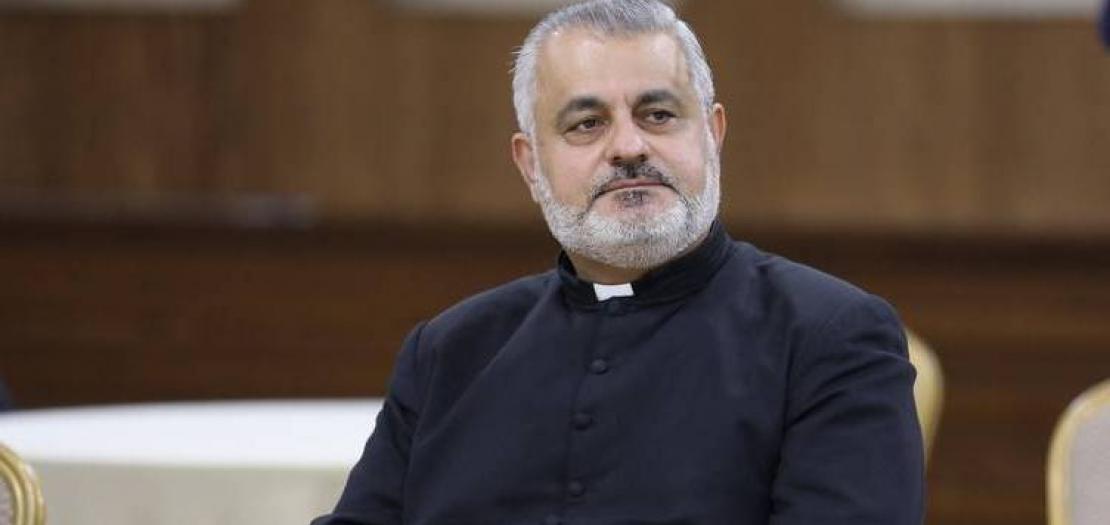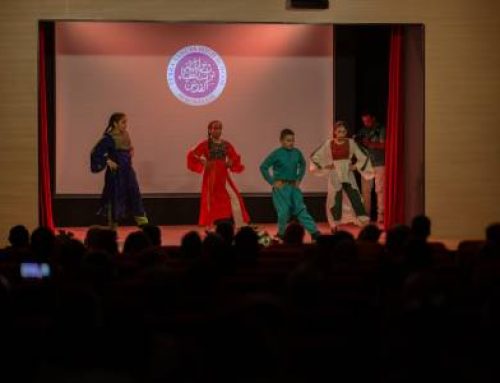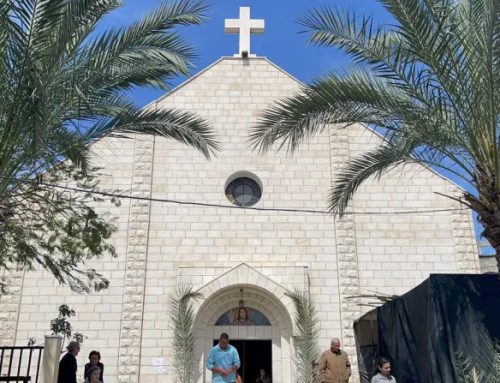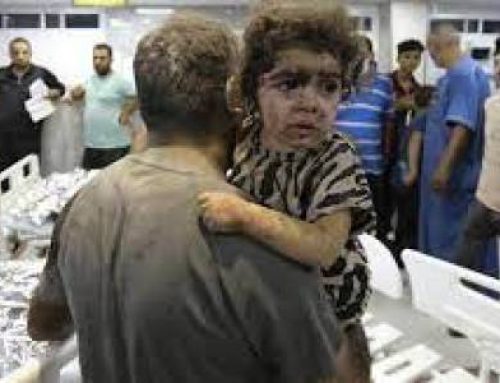The northern front of Jordan has long been the scene of an “open war”, especially against “drug militias” who traffic substances from captagon from Syria to the markets of Europe or between the Gulf nations. However, in the attack on the military outpost which caused the death of three US soldiers and was also “condemned” by Amman, the element of drug trafficking overlaps with that of the conflict in the area and the retaliation for the presence of American soldiers. Fr. Rifat Bader, director of the Catholic Center for Studies and Media (CCSM) and head of the Catholic news site en.abounga.org, one of the most authoritative personalities of the Church in Jordan, comments on the raid against “Tower 22” and analyzes the role of the Hashemite kingdom in the conflicts in the Middle East. “The situation has become complicated in recent times – the Jordanian priest of the Latin Patriarchate of Jerusalem tells AsiaNews – and the open conflict with these militias linked to states that do not have ‘good intentions’ towards Jordan has worsened. But the country has so far proven to be steadfast and has been able to face the incursions, although the raid on the US position opened a breach in the defense wall.
Tower 22
Tower 22 was the target of the attack launched in the early hours of January 28, which killed three US soldiers. They are 46-year-old William Jerome Rivers, 23-year-old Breonna Alexsondria Moffett and 24-year-old Landon Sanders. Added to them are dozens of injured, hit by a drone that eluded the protective devices of the military outpost in Jordanian territory, although Amman in initially declared that it was located across the border, in Syria. In reality, the US base, of strategic importance because it has been used in recent years to “observe” the movements of Damascus troops in the war and the jihadist militias active in the area, is located in the extreme north-east, along the border between the Hashemite and Syria and Iraq. Little is known about the base as it is shrouded in an aura of mystery, but it includes logistical support and hosts up to 350 soldiers and officers from the US Army and Air Force.
It is located near the Al-Tanf garrison, located on the other side of the border in Syria, where there is also a small representation of US soldiers in the fight against the Islamic State and in containing Iranian influence. It is also worth underlining the solid bond between Washington and Amman, whose army is among the major beneficiaries of US foreign military funding, as well as having provided logistical assistance and military training with repeated exercises throughout the year. Since the start of the Syrian conflict in 2011, the White House – regardless of the incumbent president – has spent hundreds of millions of dollars to set up an elaborate surveillance system. A project known as the Border Security Program, which aims to stem the infiltration by militants from Syria and Iraq, as well as counter drug trafficking. An apparently solid wall, breached over the weekend in an attack that caught the soldiers themselves by surprise, as happened in Israel with Hamas militiamen on 7 October.
Amman and the Palestinian cause
Starting from the raid against the US position, Fr. Rifat Bader broadens his reflection to the latest conflict which, in chronological order, is setting the Middle East on fire: the war launched by Israel against Hamas in Gaza, in response to the terrorist attack on the Jewish state with its burden of death, pain and destruction. “In Jordan – he says – there is not only a generic solidarity with the Palestinians, but it is an essential political issue linked to the cause of its people from the beginning, also because almost half of the inhabitants are refugees of Palestinian origin. This issue represents a priority and King Abdullah II himself, who turns 62 today and celebrates 25 years on the throne, refers to it as ‘our’ problem. From the first day of conflict in the Strip “Jordan has shown all its opposition and has set itself three main objectives: the ceasefire, the arrival of humanitarian aid and, as a final point, putting an end to the Israeli occupation and finding a radical solution to the problem. Which – adds the priest – certainly did not begin on 7 October but decades ago, as the monarch himself clearly said: the Israeli occupation must have an end, the Palestinians must be allowed to live in peace, because peace in Palestine it will also be functional to the security of the Israelis.” From this perspective, Amman’s position is entirely similar to that of the Vatican and there has long been a consolidated bond and a common vision of intent between the two entities that “celebrate the thirtieth anniversary of diplomatic relations this year”. Starting from the “special status of Jerusalem, which must also be the capital” of the future Palestinian state.
The war fronts, peace in the Holy Land
A Lebanese source for AsiaNews, returning to the attack on Tower 22, reports that it will probably not be considered as the event that will ignite the dust for an open conflict, but it still represents the crossing of a red line. US President Joe Biden will be called to respond by military means, if only to send a message to American voters who may turn to Donald Trump in the next elections. The most likely target should be a center of interest or a personality linked to the Guardians of the Revolution, the Iranian Pasdaran, although the operation should not concern the Islamic Republic but one of the satellite countries, as happened with Sayyed Razi Mousavi. The danger of a widening of the conflict and the involvement of Jordan itself is not unreal, nor remote but “we are experiencing the situation with relative serenity – explains Fr. Rifat – because we can count on an army and a high level of protection. What happened two days ago, on the Syrian border, has more to do with security and artificial intelligence, which has weaknesses, but the country can count on wise and strong leadership [at the level of king and foreign minister]. Furthermore, we have what is called Jordan’s oil: national unity, which works miracles in terms of stability” in these stormy times, because it is the result of the strong bond “between people and leaders”.
Guarantor of religious freedom, custodian of the holy places in Jerusalem, among the first to start a path of dialogue with the institution of the week (the first in February) of harmony between faiths promoted at the UN in 2010, the nation observes carefully the evolution of the situation. “When Amman refused to welcome the population of the Strip – underlines Fr. Rifat – did not do it because it was against its inhabitants, but to ensure that they remain in their land and avoid a new naqba as happened in ’48 and ’67”. “The Palestinian problem – he continues – complicates many of the scenarios that inflame the world today. In many Western capitals, popular demonstrations are seen, while the leadership supports Israel’s war in Gaza. The hope is that the voice of the people of the West will reach the leaders and that they will put pressure on Israel to put an end to the conflict. Here, however, there is unity of purpose between citizens and leaders, also because the danger of violence is current and constant. In order for these hotbeds ranging from Yemen to Syria, from Iraq to Lebanon passing through the Strip to be extinguished – he concludes – the final solution to the Palestinian question must be found. A fundamental step for there to be truly peace in the world.”






